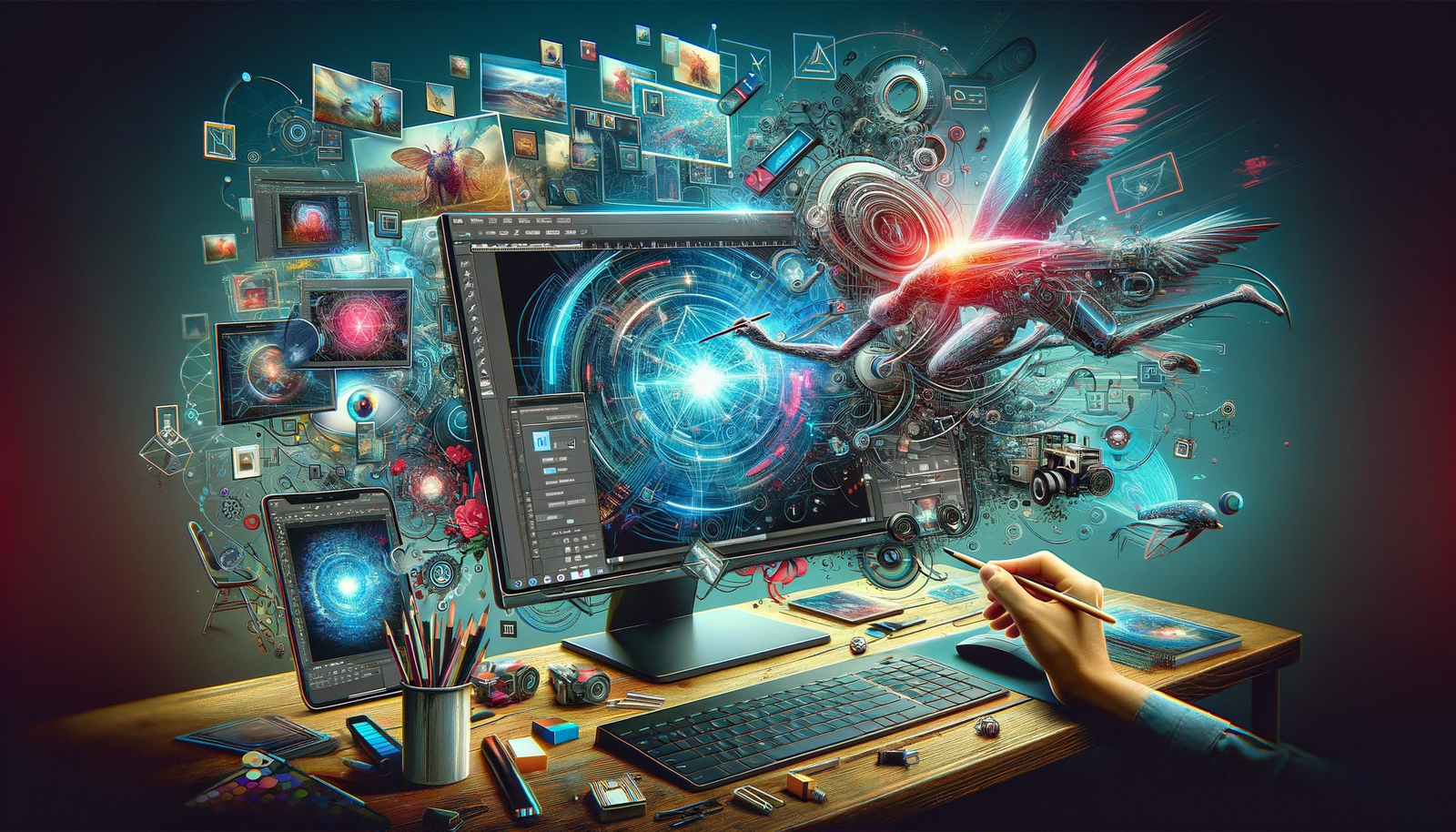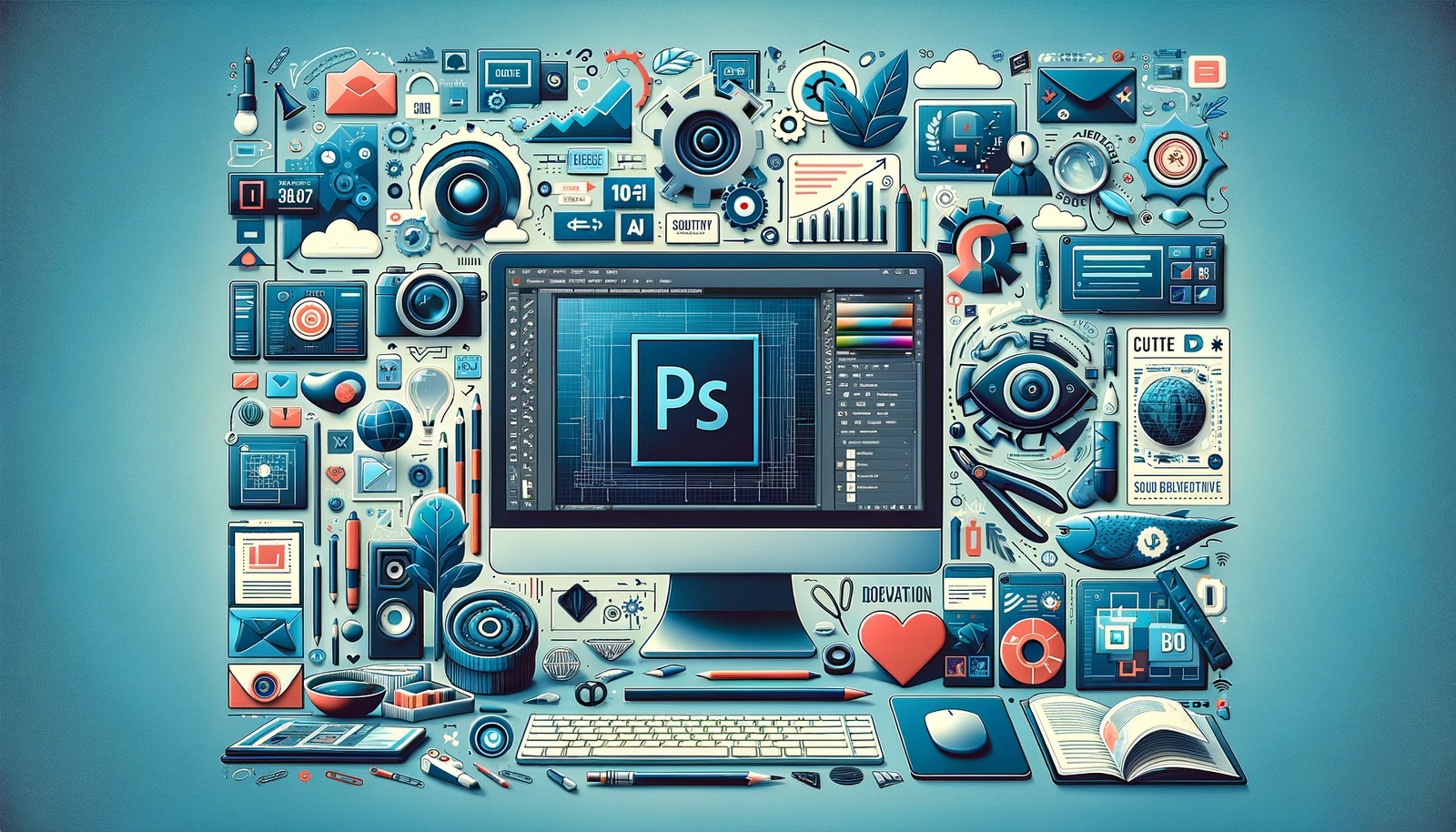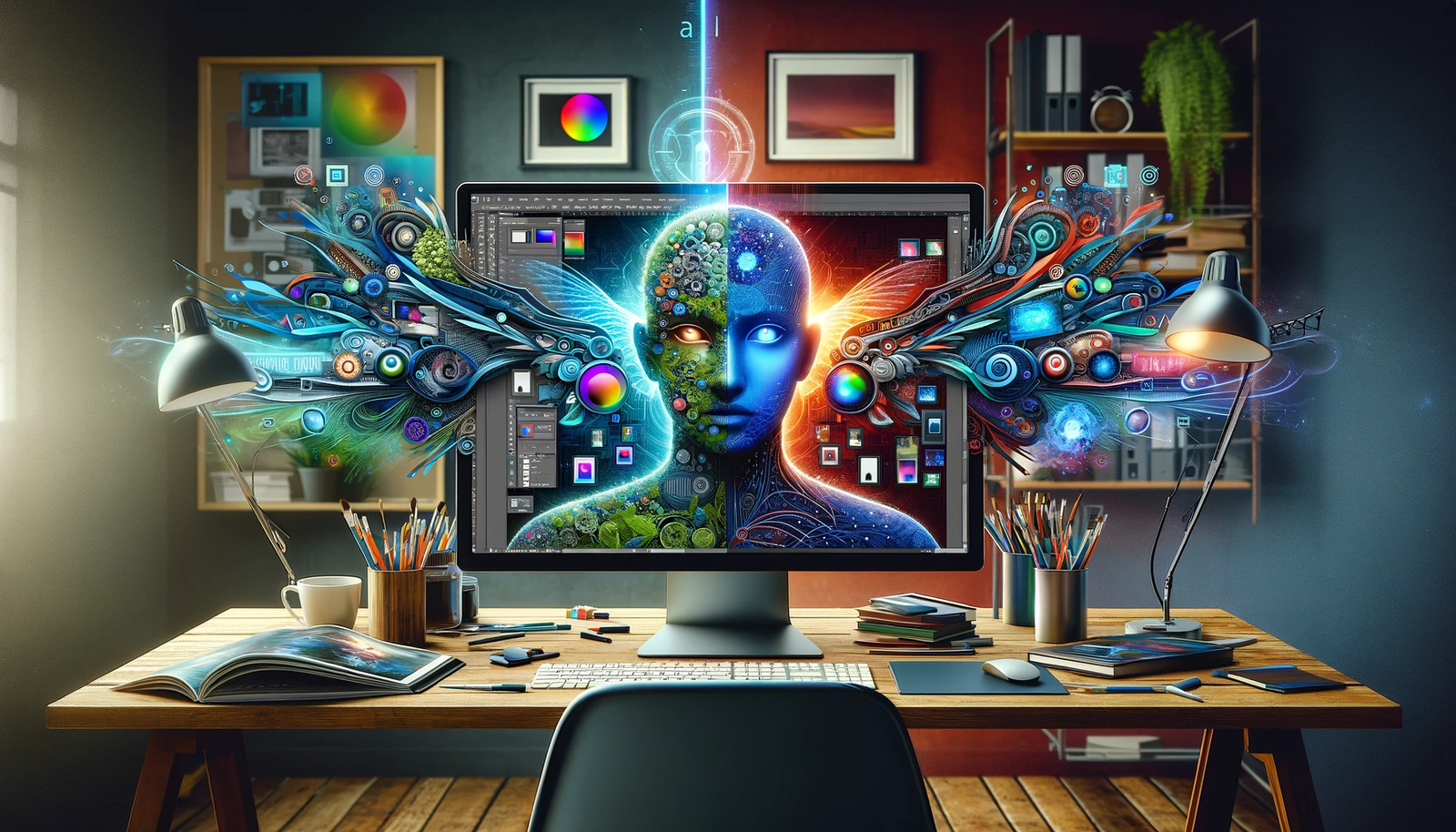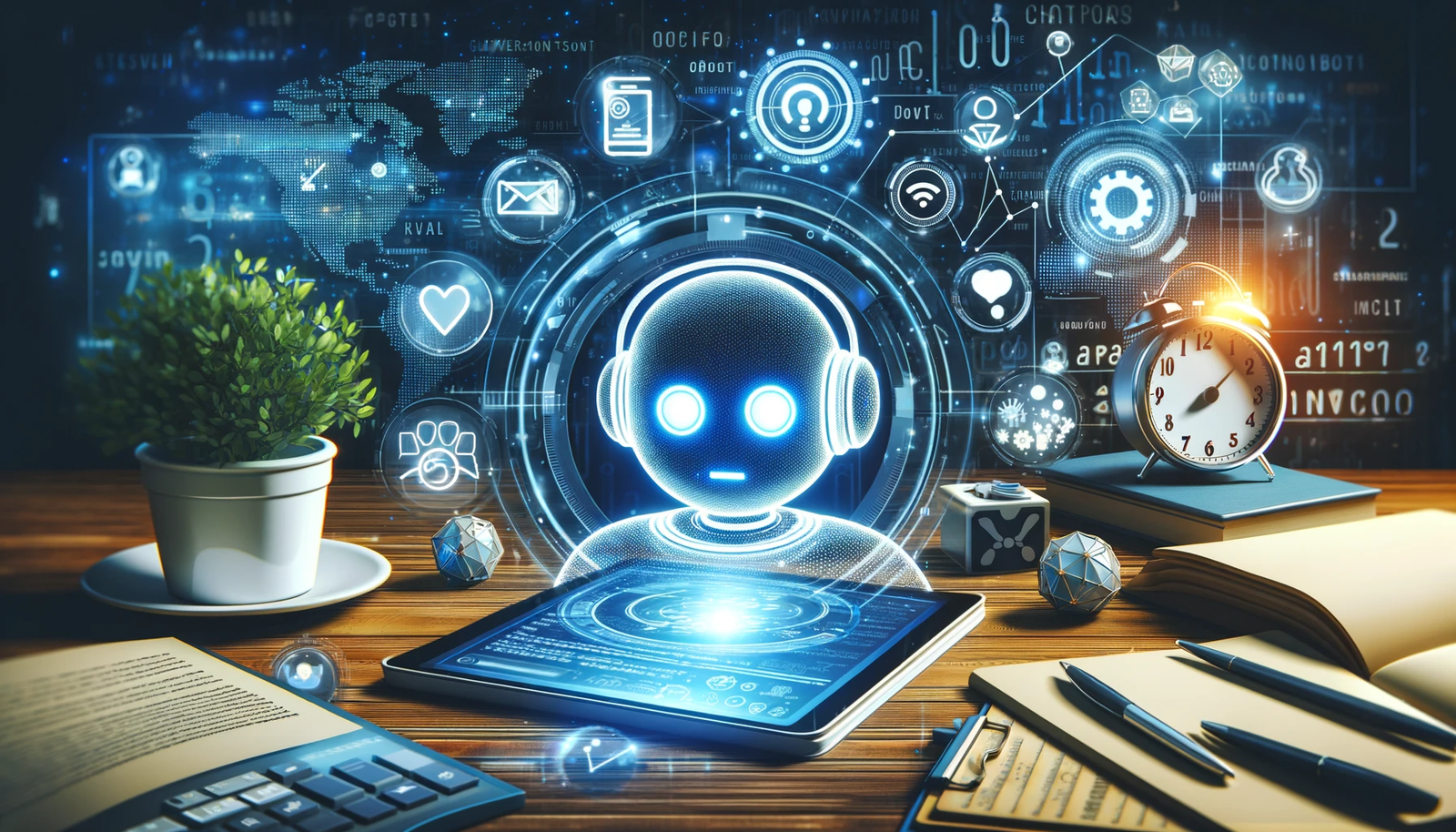What is Stable Diffusion?
Stable Diffusion, was recently introduced in 2022, represents an advancement in text-to-image generation. Latent diffusion models (LDMs) form the backbone of Stable Diffusion’s operation. Stable Diffusion is best known for Creating Consistent Characters in Stable Diffusion.
The text-to-image generation process in Stable Diffusion comprises four distinct stages:
Image Encoding: An Image Encoder converts training images into vectors residing in the latent space.
Text Encoding: Simultaneously, a Text Encoder takes textual input and translates it into high-dimensional vectors that are comprehensible to machine learning models.
Diffusion Modeling: The core of the process involves the Diffusion Model, which harnesses the textual guidance to craft entirely new images within the latent space.
Image Decoding: To complete the cycle, an Image Decoder takes the image data from the latent space and translates it into a tangible image, constructed pixel by pixel.
Stable Diffusion’s primary role is to generate intricate images based on textual descriptions. Beyond this, it exhibits versatility in tasks such as inpainting, outpainting, and text-guided image-to-image translations.
Advantages of Stable Diffusion
When it comes to text-to-character generation, Stable Diffusion offers a range of compelling advantages that make it a preferred choice for creators and developers. Let’s explore these benefits in detail:
1. Enhanced Consistency:
Stable Diffusion excels at maintaining consistency in generated image. This is particularly valuable when crafting characters that must adhere to predefined traits or personalities. Stable Diffusion ensures that their unique characteristics persist throughout the narrative.
2. High-Quality Output:
By iteratively reducing noise during the generation process, it produces characters whose dialogue and narrative seamlessly blend with the context. This high-quality output minimizes the need for post-generation editing, saving time and resources.
3. Versatile Application:
Stable Diffusion is a versatile tool that can be applied to a wide range of character types and genres. Whether you’re writing fiction, creating dialogue for video game characters, or generating content for chatbots, Stable Diffusion’s adaptability allows you to produce consistent characters for diverse storytelling needs.
4. Robust Training Capabilities:
Stable Diffusion involves training models on extensive datasets. This comprehensive training enables the AI to understand and replicate the nuances of language, ensuring that the generated characters exhibit natural and believable dialogue.
5. Scalability:
As the demand for AI-generated images continues to grow, Stable Diffusion offers a scalable solution. It can handle large-scale character creation projects, ensuring that consistency is maintained.
The Significance of Consistency
Consistency is an indispensable aspect of image generation, especially when it comes to crafting compelling and engaging characters through AI.
Character Recognition and Engagement: Consistent characters are easily recognizable by readers. They possess distinct traits, personalities, and voices that make them stand out. When characters remain true to their established characteristics, readers can easily identify and connect with them.
Narrative Flow and Cohesion: Inconsistent characters can disrupt the flow and cohesion of a story. When characters deviate from their established traits or behavior, it can create confusion and dissonance for readers. Consistency ensures that each character’s actions, dialogue, and decisions align with their defined roles, contributing to a smooth and immersive reading experience.
Character Development: When characters consistently adhere to their core traits, it allows for more meaningful and believable growth arcs. Readers can witness the evolution of characters in a way that feels authentic and resonates with the narrative.
Reader Trust: Readers develop a sense of trust in authors or creators who maintain character consistency. When characters consistently behave in ways that align with their established traits, readers are more likely to trust the narrative choices made by the author or AI image generator. This trust is essential for retaining an audience’s interest and loyalty.
Steps to Create Consistent Characters in Stable Diffusion
Let’s check out the 4 step process:
Step 1: Creating a Reference Image First
The foundation of character consistency begins with a reference image. This image can take various forms, whether it’s an original artwork, a commissioned piece, or even an AI-generated visual.
The important point is that it serves as an archetype for Stable Diffusion to learn from. By providing this reference image alongside your future prompts, you furnish the model with a clearer understanding of your character’s visual essence.
Tips for an effective reference image:
- Display the entire character with meticulous attention to details.
- Ensure high-resolution and top-notch image quality.
- Convey unique attributes such as clothing, weaponry, and distinctive features.
- Capture the character’s personality and emotions within the image.
Step 2: Enrich Your Prompts with Details
Text prompts make significant control over the images produced by Stable Diffusion.
When it comes to crafting consistent characters, your prompts must be rich in specific details. Include elements such as the character’s name, gender, and physical attributes encompassing face shape, skin color, height, and build.
Don’t forget to describe hairstyle, color, and outfit specifics like colors, materials, and armor, as well as personality traits and scene descriptors.
The more detailed and unique your prompts, the more faithfully Stable Diffusion will render your character.
Step 3: Use the Power of Control Nets
Control nets serve as invaluable tools in guiding the diffusion process for character generation. They function by comparing the outputs of Stable Diffusion during the diffusion process to your reference image.
If the generated outputs look too far from your reference, the weights are adjusted to realign them.
To use control nets, generate one from your character reference image, often available on platforms like Automatic1111, and apply it when generating new character images.
Control nets act as reins, steering Stable Diffusion’s creative prowess to remain faithful to your original character concept.
Step 4: Explore Valuable Settings
Stable Diffusion offers a range of settings that you can fine-tune to potentially enhance character consistency:
Image Sizes: Opt for larger image sizes, such as 512×512 or higher, as smaller sizes can compromise character detail integrity.
Seed Number: This determines the initial noise level. Keeping the seed consistent with a specific prompt ensures the same output each time, promoting consistency.
CFG Scale Level: Adjust this value from the default 7.5 to influence image coherence positively or negatively.
Sampling Method: Choose between “Euler a” for crisper details and “Euler” for a slightly blurrier output that can help in cases of image deformities.
Execution Steps: Higher step counts allow for more diffusion time, allowing finer details to emerge. Experiment with step counts between 50 and 100.
Post-Refinement Process
Creating consistent characters in Stable Diffusion involves not only creation but also ensuring that the characters it generates exhibit a high degree of realism.
Character Profiling
Ensure that the generated image matches with the defined traits, behaviors, and characteristics of the character. If the AI model consistently deviates from these profiles, consider adjusting or fine-tuning the reference image to reinforce the intended character traits.

Ravjar Said is an engineer passionate about social impact. In his spare time, he runs Snowball AI – a YouTube channel exploring the intersections of artificial intelligence, education and creativity. Through innovative projects, he hopes to make AI more accessible and beneficial for all. Ravjar loves helping bring people and technology together for good.




